200 Larkin Center Drive
Midland
MI 48642
USA
Phone: 866-583-2583
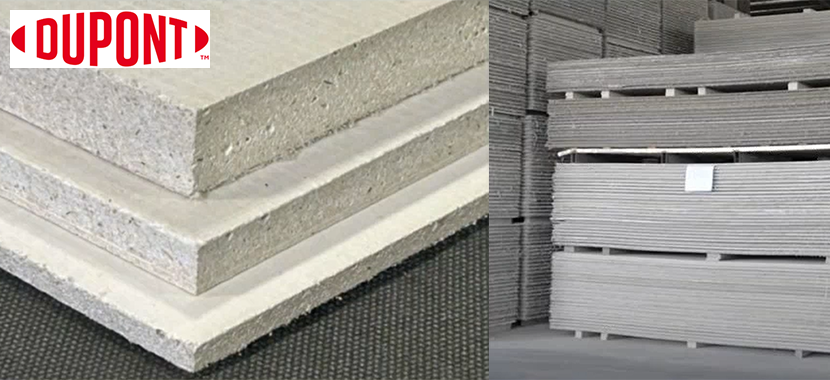
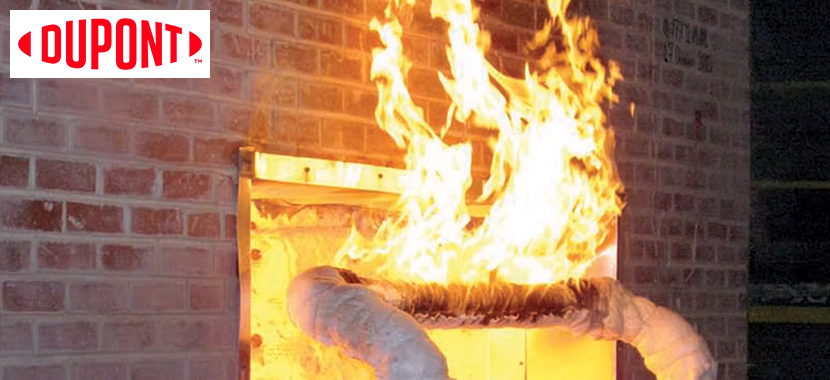
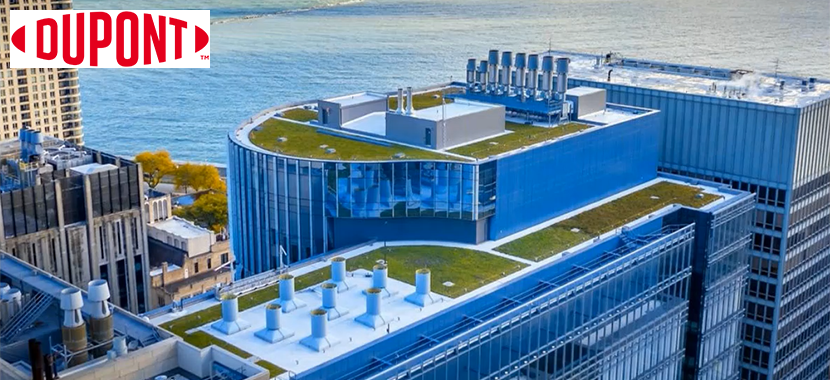
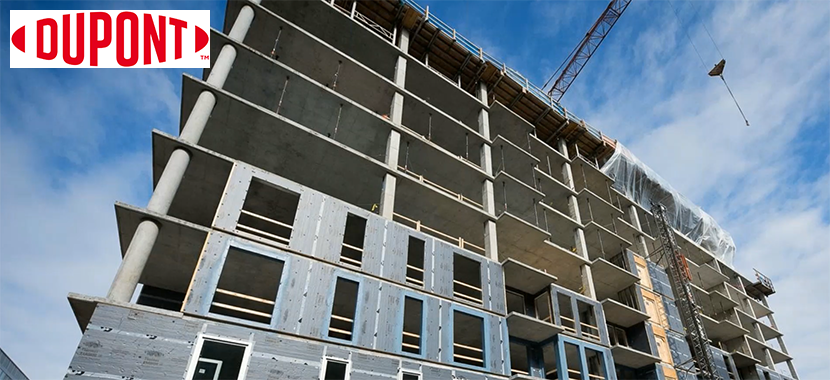
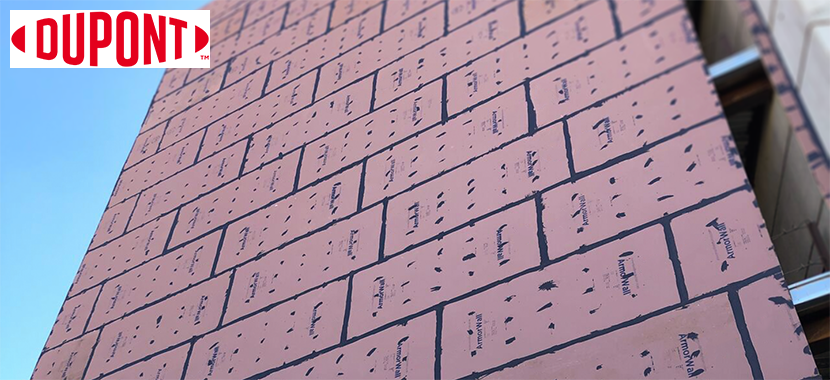
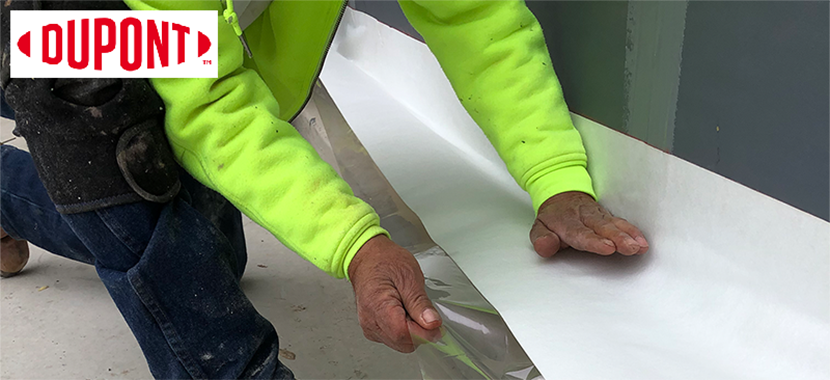
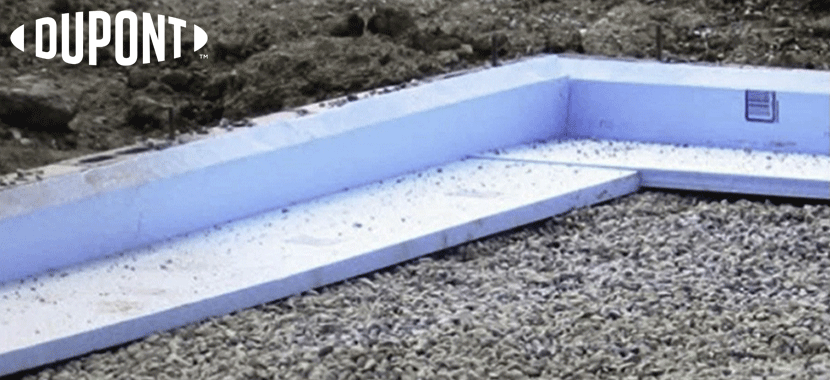



Displaying 10 course(s).
Scan this code with your mobile device camera to take this page on-the-go!

https://redirect.aecdaily.com/s904648/www.aecdaily.com/course/970291
 Uncorrected thermal bridging can account for 20–70% of heat flow through a building's envelope. Improving details to mitigate both point and linear thermal bridges will significantly improve energy performance. This course reviews types of thermal bridges, examines how they appear in codes and standards, and explores some mitigation concepts and principles. Calculation methods to account for thermal bridging in your projects are introduced, and a sample design project is used to demonstrate code compliance.
Uncorrected thermal bridging can account for 20–70% of heat flow through a building's envelope. Improving details to mitigate both point and linear thermal bridges will significantly improve energy performance. This course reviews types of thermal bridges, examines how they appear in codes and standards, and explores some mitigation concepts and principles. Calculation methods to account for thermal bridging in your projects are introduced, and a sample design project is used to demonstrate code compliance.
Scan this code with your mobile device camera to take this page on-the-go!

https://redirect.aecdaily.com/s904648/www.aecdaily.com/course/1007786
 This course provides an overview of the industry standards and code references for flashing materials used in the installation of windows and doors. The code-referenced material standards for window and door flashings are summarized and compared, and the standard installation practices developed by the three main fenestration industry organizations are reviewed. Applications of the window and door installation standards and principles are shown using standard flashing materials with a focus on commercial and multifamily buildings.
This course provides an overview of the industry standards and code references for flashing materials used in the installation of windows and doors. The code-referenced material standards for window and door flashings are summarized and compared, and the standard installation practices developed by the three main fenestration industry organizations are reviewed. Applications of the window and door installation standards and principles are shown using standard flashing materials with a focus on commercial and multifamily buildings.
Scan this code with your mobile device camera to take this page on-the-go!

https://redirect.aecdaily.com/s904648/www.aecdaily.com/course/924077
 This recorded webinar is the third of five sessions presented during the Building Science Master Summit held by DuPont Performance Building Solutions. This course dives into the topic of below-grade thermal performance and how to appropriately design for the long term. It explores heat loss patterns; energy code requirements and how they differ by region and building type; insulating best practices and benefits; and considerations for material selection.
This recorded webinar is the third of five sessions presented during the Building Science Master Summit held by DuPont Performance Building Solutions. This course dives into the topic of below-grade thermal performance and how to appropriately design for the long term. It explores heat loss patterns; energy code requirements and how they differ by region and building type; insulating best practices and benefits; and considerations for material selection.
Scan this code with your mobile device camera to take this page on-the-go!

https://redirect.aecdaily.com/s904648/www.aecdaily.com/course/1065316
 The 2022 Inflation Reduction Act shines a light on how low-carbon building material selection is one of the keys to reducing greenhouse gas emissions in the US. High-performance, sustainable products and thoughtful assemblies designed with the building life cycle in mind are critical to the future of our sustainable communities. This course provides a look at how low-carbon and sustainability considerations are activated from product to building design. Factors impacting a sustainable building life cycle are discussed to help architects and owners with building performance that meets the design intent not just on paper but also in use.
The 2022 Inflation Reduction Act shines a light on how low-carbon building material selection is one of the keys to reducing greenhouse gas emissions in the US. High-performance, sustainable products and thoughtful assemblies designed with the building life cycle in mind are critical to the future of our sustainable communities. This course provides a look at how low-carbon and sustainability considerations are activated from product to building design. Factors impacting a sustainable building life cycle are discussed to help architects and owners with building performance that meets the design intent not just on paper but also in use.
Scan this code with your mobile device camera to take this page on-the-go!

https://redirect.aecdaily.com/s904648/www.aecdaily.com/course/1035801
 This course details the benefits and selection process of magnesium oxide (MgO) sheathing in multifamily and commercial construction. MgO sheathing offers structural, fire resistance, and other properties that enable architects and designers to simplify the design and installation of building enclosures. Comparisons of MgO sheathing to traditional sheathing materials such as gypsum are included.
This course details the benefits and selection process of magnesium oxide (MgO) sheathing in multifamily and commercial construction. MgO sheathing offers structural, fire resistance, and other properties that enable architects and designers to simplify the design and installation of building enclosures. Comparisons of MgO sheathing to traditional sheathing materials such as gypsum are included.
Scan this code with your mobile device camera to take this page on-the-go!

https://redirect.aecdaily.com/s904648/www.aecdaily.com/course/1091537
 Fire safety is an important building enclosure design factor and needs to be addressed hand-in-hand with energy code requirements. NFPA 285 is a critical consideration with modern building assemblies incorporating combustible materials in noncombustible construction. This presentation reviews the history and scope of the NFPA 285 test standard and its adoption into the International Building Code® (IBC®). The compliance criteria are outlined, and triggers and contributors under the standard are identified. The course also reviews how the selection of building components such as insulation, air-/water-resistive barriers, and claddings affects the fire performance of an assembly, and solutions and common paths for compliance are presented.
Fire safety is an important building enclosure design factor and needs to be addressed hand-in-hand with energy code requirements. NFPA 285 is a critical consideration with modern building assemblies incorporating combustible materials in noncombustible construction. This presentation reviews the history and scope of the NFPA 285 test standard and its adoption into the International Building Code® (IBC®). The compliance criteria are outlined, and triggers and contributors under the standard are identified. The course also reviews how the selection of building components such as insulation, air-/water-resistive barriers, and claddings affects the fire performance of an assembly, and solutions and common paths for compliance are presented.
Scan this code with your mobile device camera to take this page on-the-go!

https://redirect.aecdaily.com/s904648/www.aecdaily.com/course/1091539
 Protected membrane roof (PMR) assemblies have been widely adopted in low-slope commercial buildings since the late 1960s. Also known as inverted or upside-down roofs, PMR assemblies move the waterproofing membrane from the top of the roof assembly to the surface of the structural deck. This course explores how PMR assemblies provide several advantages over conventional roof assemblies, offering superior protection against water penetration and enhanced energy efficiency. The course also shows how PMR assemblies allow for the creation of green roofs or blue roof systems. With a proven record of reliability, PMR assemblies present a compelling solution for architects seeking innovative, sustainable, and efficient roofing options.
Protected membrane roof (PMR) assemblies have been widely adopted in low-slope commercial buildings since the late 1960s. Also known as inverted or upside-down roofs, PMR assemblies move the waterproofing membrane from the top of the roof assembly to the surface of the structural deck. This course explores how PMR assemblies provide several advantages over conventional roof assemblies, offering superior protection against water penetration and enhanced energy efficiency. The course also shows how PMR assemblies allow for the creation of green roofs or blue roof systems. With a proven record of reliability, PMR assemblies present a compelling solution for architects seeking innovative, sustainable, and efficient roofing options.
Scan this code with your mobile device camera to take this page on-the-go!

https://redirect.aecdaily.com/s904648/www.aecdaily.com/course/1065274
 This course is designed to help the commercial building team understand how to best use new products introduced into the market for building enclosures. These innovative products and systems assist in combining multiple steps of a traditional commercial exterior assembly, such as structure, fire, water, air, thermal, vapor, and acoustic control layers, into fewer steps. The course reviews various hybridized sheathing solutions and shows how the integration of advanced technology has improved performance, capability, and sustainability.
This course is designed to help the commercial building team understand how to best use new products introduced into the market for building enclosures. These innovative products and systems assist in combining multiple steps of a traditional commercial exterior assembly, such as structure, fire, water, air, thermal, vapor, and acoustic control layers, into fewer steps. The course reviews various hybridized sheathing solutions and shows how the integration of advanced technology has improved performance, capability, and sustainability.
Scan this code with your mobile device camera to take this page on-the-go!

https://redirect.aecdaily.com/s904648/www.aecdaily.com/course/1091510
 Understanding the performance of building materials in real-world conditions is key to a successful building design. Recent studies have shown that the commonly reported R-values of polyisocyanurate foams at room temperature may overstate their real-world performance in cooler temperatures, potentially resulting in gaps in designed building enclosure assembly performance and quality. Through a theoretical framework and empirical data, this course shows that optimized polyisocyanurate foam insulation results in better performance, leading to improved energy savings and reduced potential for condensation. Participants are encouraged to explore innovative insulation materials, understand differences between them, and match optimal materials to specific applications while meeting modern construction codes and regulations. By matching the right insulation materials to the application, architects can contribute to energy-efficient and cost-conscious construction practices and help buildings reduce their impact on the environment.
Understanding the performance of building materials in real-world conditions is key to a successful building design. Recent studies have shown that the commonly reported R-values of polyisocyanurate foams at room temperature may overstate their real-world performance in cooler temperatures, potentially resulting in gaps in designed building enclosure assembly performance and quality. Through a theoretical framework and empirical data, this course shows that optimized polyisocyanurate foam insulation results in better performance, leading to improved energy savings and reduced potential for condensation. Participants are encouraged to explore innovative insulation materials, understand differences between them, and match optimal materials to specific applications while meeting modern construction codes and regulations. By matching the right insulation materials to the application, architects can contribute to energy-efficient and cost-conscious construction practices and help buildings reduce their impact on the environment.
Scan this code with your mobile device camera to take this page on-the-go!

https://redirect.aecdaily.com/s904648/www.aecdaily.com/course/1123415
 New building materials don’t come around very often, and in some cases, an early high-profile stumble can shape perceptions of an otherwise valuable technology. Learning from those mistakes, however, is a fundamental element of driving technical innovation, and real, robust solutions to known issues can ultimately produce the highest level of performance. Magnesium oxide-based composite panels have been used as exterior wall sheathing for several decades due to a number of highly desirable properties, including resistance to fire, dimensional stability, high strength, and other attributes. Early iterations of boards were found to have issues related to moisture and chemical stability, leading to premature failure of the building façade but also teaching the industry specific factors that needed to be improved in future generations of board. Now, as a maturing product category, the enabling technology of how to make consistent, high-quality boards is well known, even if not universally practiced. In this presentation, we review the basics of MgO chemistry, how boards incorporating MgO cement have evolved over time to address early issues in board performance, and how this technology can be incorporated into building exterior wall systems with many favorable attributes.
New building materials don’t come around very often, and in some cases, an early high-profile stumble can shape perceptions of an otherwise valuable technology. Learning from those mistakes, however, is a fundamental element of driving technical innovation, and real, robust solutions to known issues can ultimately produce the highest level of performance. Magnesium oxide-based composite panels have been used as exterior wall sheathing for several decades due to a number of highly desirable properties, including resistance to fire, dimensional stability, high strength, and other attributes. Early iterations of boards were found to have issues related to moisture and chemical stability, leading to premature failure of the building façade but also teaching the industry specific factors that needed to be improved in future generations of board. Now, as a maturing product category, the enabling technology of how to make consistent, high-quality boards is well known, even if not universally practiced. In this presentation, we review the basics of MgO chemistry, how boards incorporating MgO cement have evolved over time to address early issues in board performance, and how this technology can be incorporated into building exterior wall systems with many favorable attributes.
Displaying 10 course(s).